I tried Samsung's Z Fold 6 – folding phone fans will love these 3 upgrades the most
Yes, the Galaxy Z Fold 6 has shorter and wider displays!
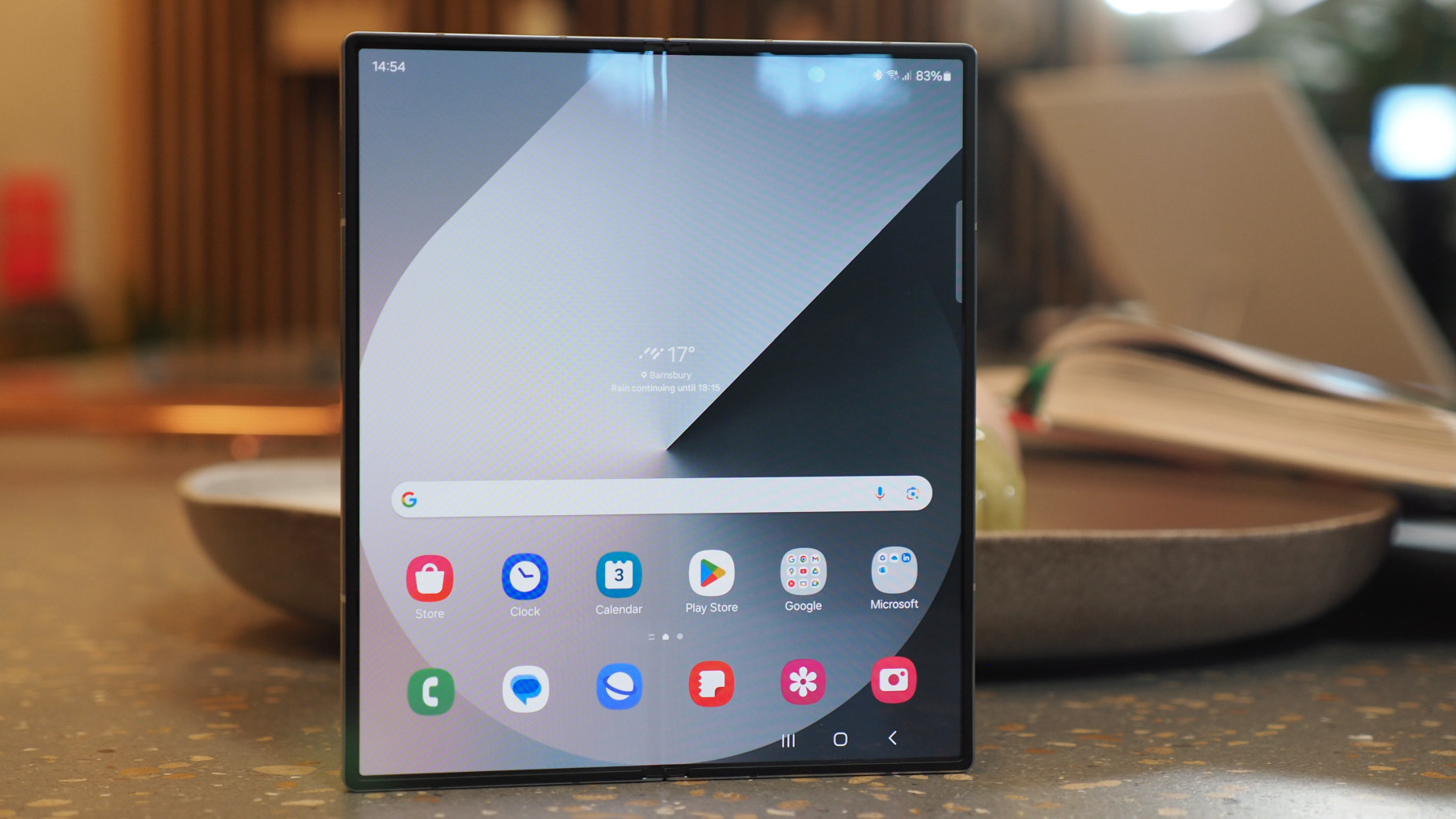
I've been testing the best folding phones for years – and Samsung's Galaxy Z Fold is always high up the most-wanted list. However, I can barely count the number of times I've heard people say they find its scale too tall and narrow. So it goes to reason that for the Galaxy Z Fold 6, Samsung has made one major change – and redesigned the foldable.
While it's this one feature – making the Z Fold 6 wider and less tall for both its cover display and internal folding display – that will help redefine the Z Fold 6 as a major contender in the foldables market, there are other benefits the new devices brings to the table too (which I've also highlighted in my Z Fold 6 versus Z Fold 5 comparison feature).
Ahead of Samsung's summer Galaxy Unpacked event – which I've been live-blogging from the event in Paris, France – I was able to preview the Galaxy Z Fold 6 to get a taste of what this folding phone is all about. Below I highlight the main feature upgrades that foldable fans will love, while discussing the misses I think Samsung hasn't capitalised on in my early verdict ahead of the device's 24 July on-sale date.
1. New aspect ratio




A much-requested feature, no doubt, that Samsung has actioned: the Galaxy Z Flip 6 has a wider and shorter footprint. But, before we get ahead of ourselves, I must say that it's only marginally different.
The cover display is now a 22.1:9 aspect ratio, while the internal display is a 20.9:18 aspect. That's been achieved by reducing 1.4mm of height from both displays, while expanding the cover display's width by 1mm wider and the internal folding display by 2.7mm.
I suspect some people will want Samsung to go even further in echoing a cover display that's closer to the 19.5:9 standard that many of the best phones opt for. Even Sony has started to do away with its 21:9 longstanding 'cinematic' screen ratio in the Xperia 1 VI – and this Samsung foldable remains plenty longer than even that.
Still, I think it's a step in the right direction. Personally I don't want a folding phone that has a 'normal' cover display scale, otherwise I'd just go and buy a 'normal' flagship instead really. I see the Z Fold 6's cover display as a go-to window that can be expanded upon when unfolding the device, so the different-to-typical ratio does makes sense to me.
Get all the latest news, reviews, deals and buying guides on gorgeous tech, home and active products from the T3 experts
2. Thinner design, lower weight
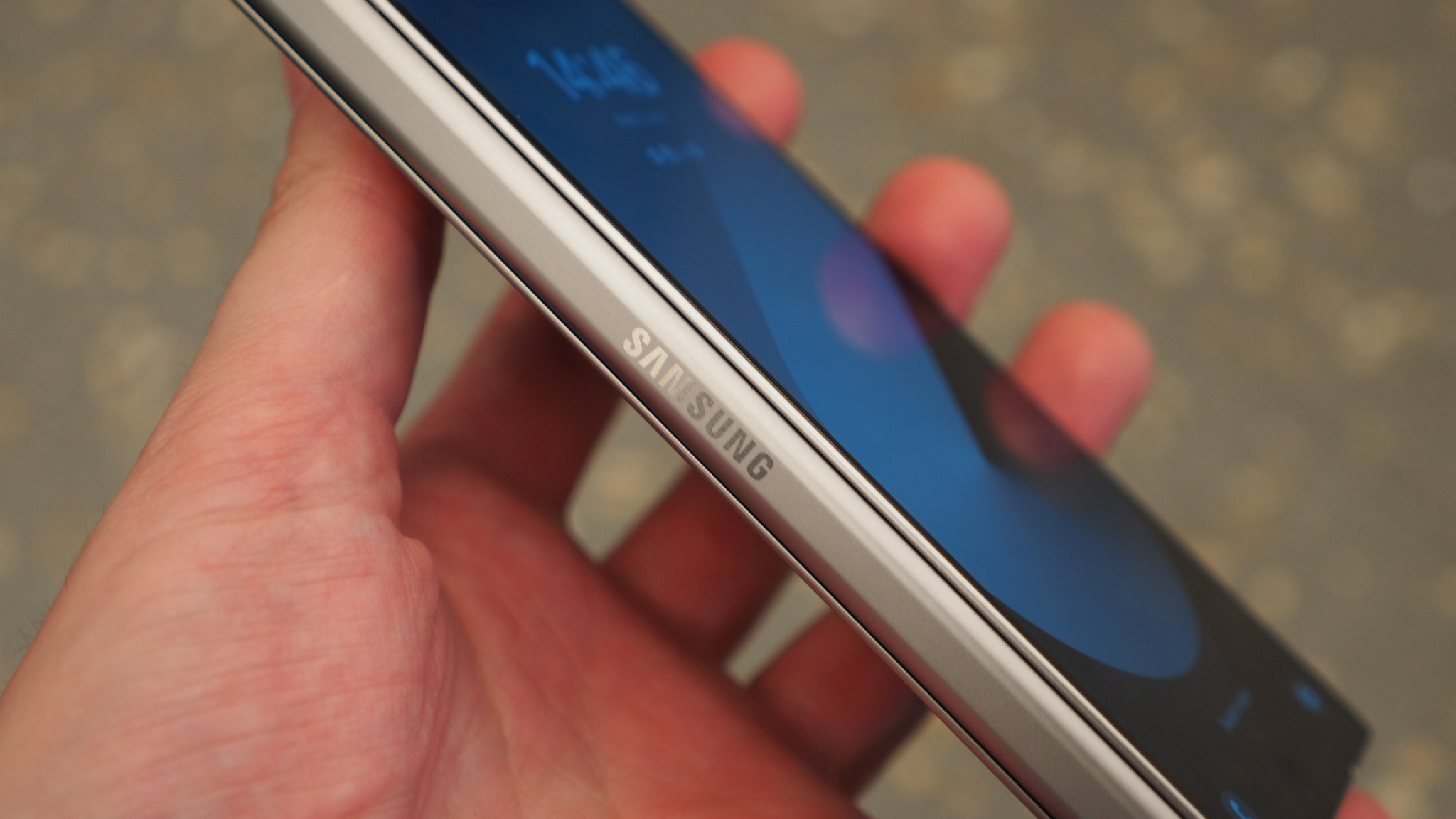
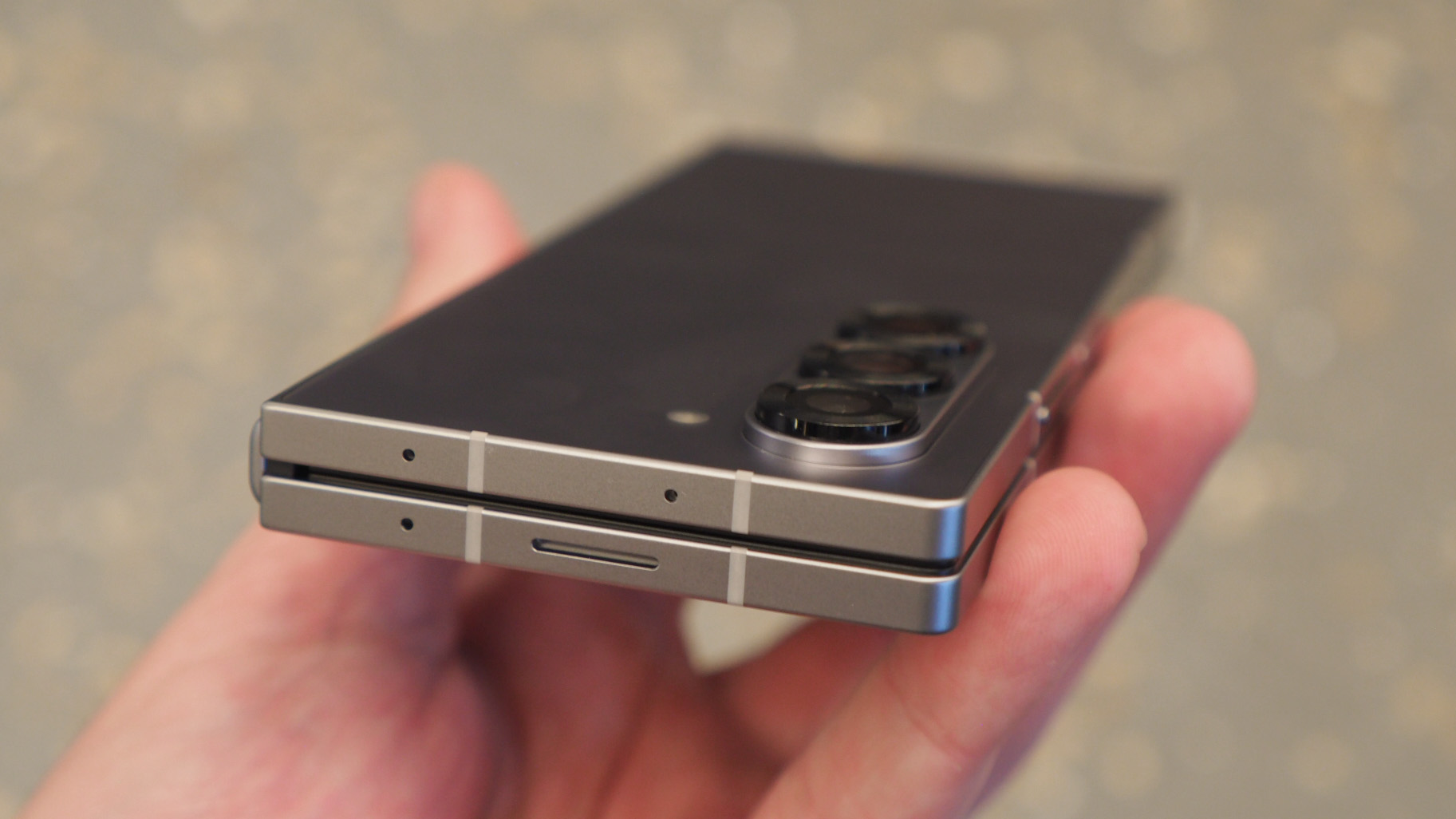
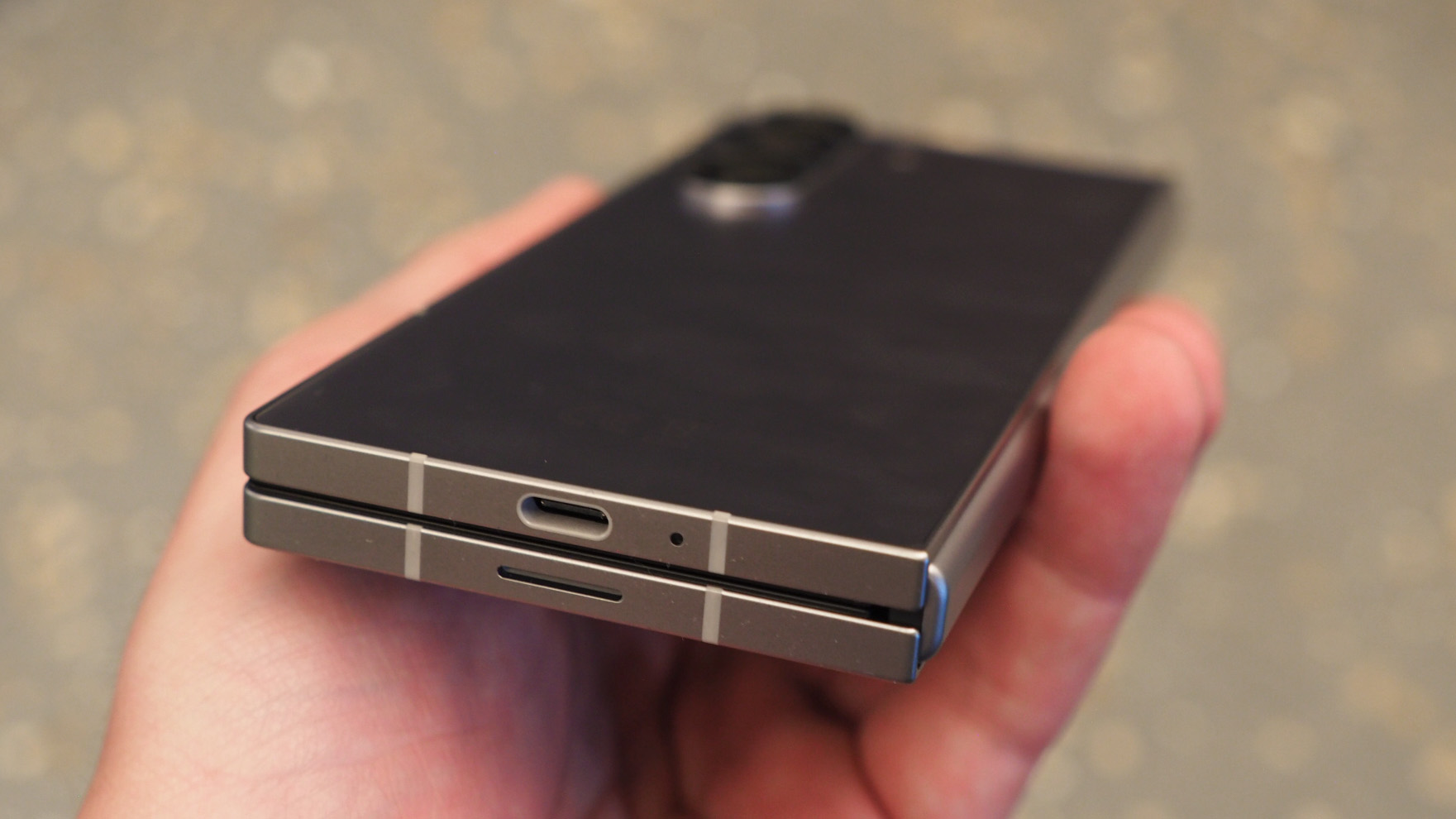
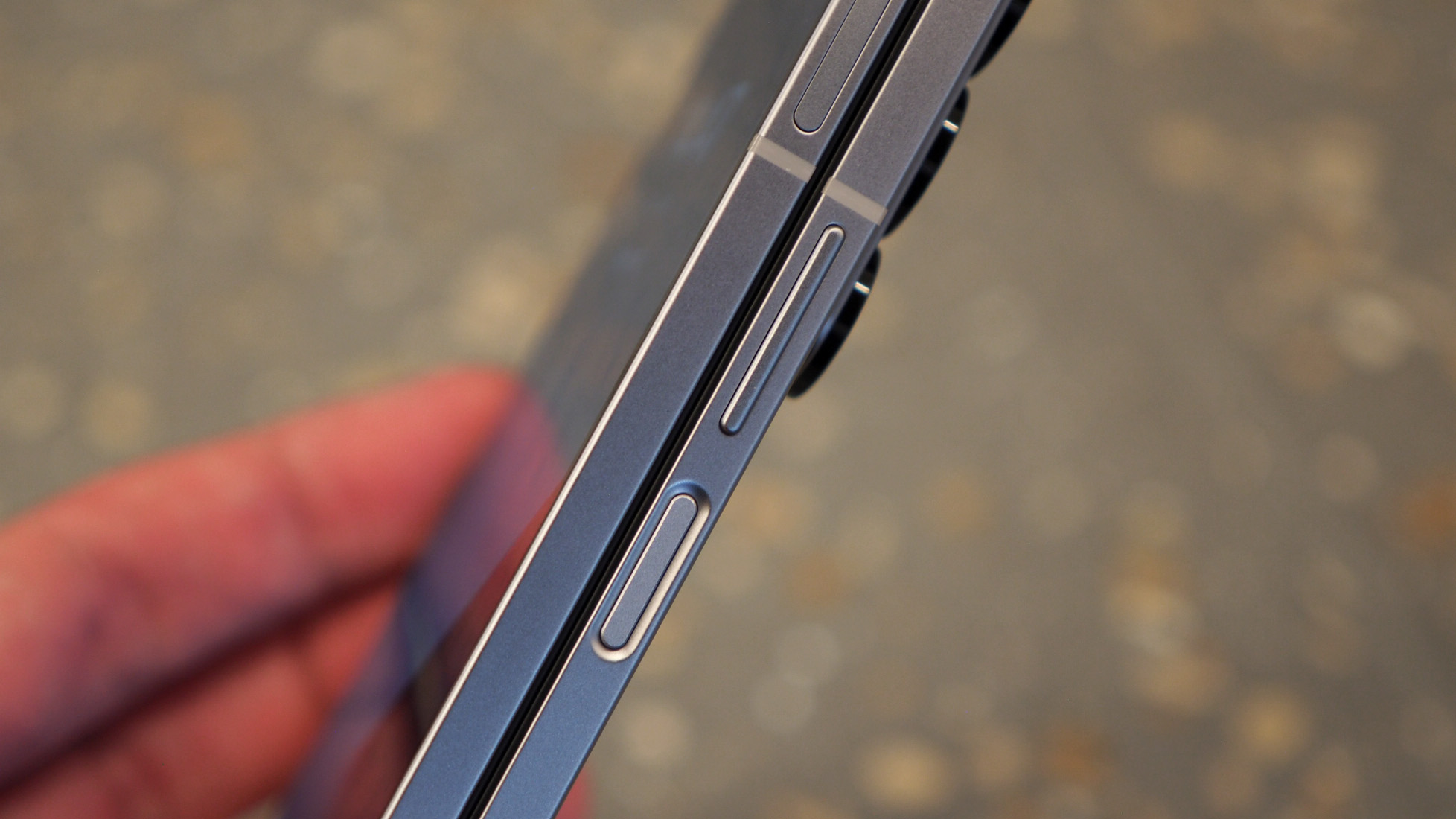

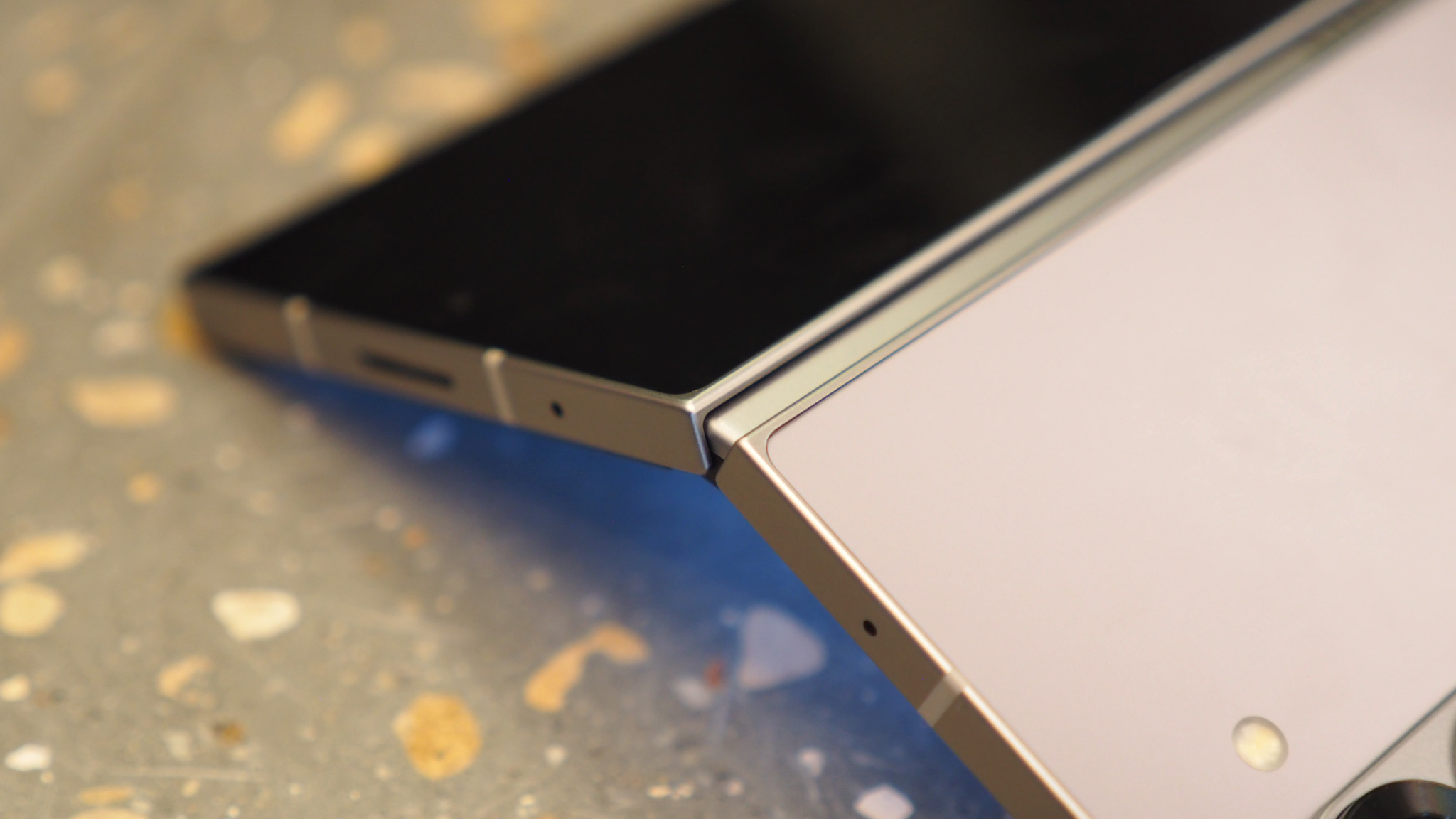
It's not only the height and width that have changed, though, Samsung has also managed to shave a little off the depth of the Z Fold 6 – making for an even skinnier device (it's 5.6mm now, down from 6.4mm of the Z Fold 5). With competitors such as the Honor Magic V2 going big on selling their slender styles, that's another big step forward for Samsung.
For context: the Galaxy Z Fold 6 weighs 239g and the Galaxy S24 Ultra flagship is only 6g more than that! That's so negligible that the folding device makes a strong case for itself that having a massive unfolding display in your pocket needn't add the compromise of a weight burden.
3. Improved cooling system


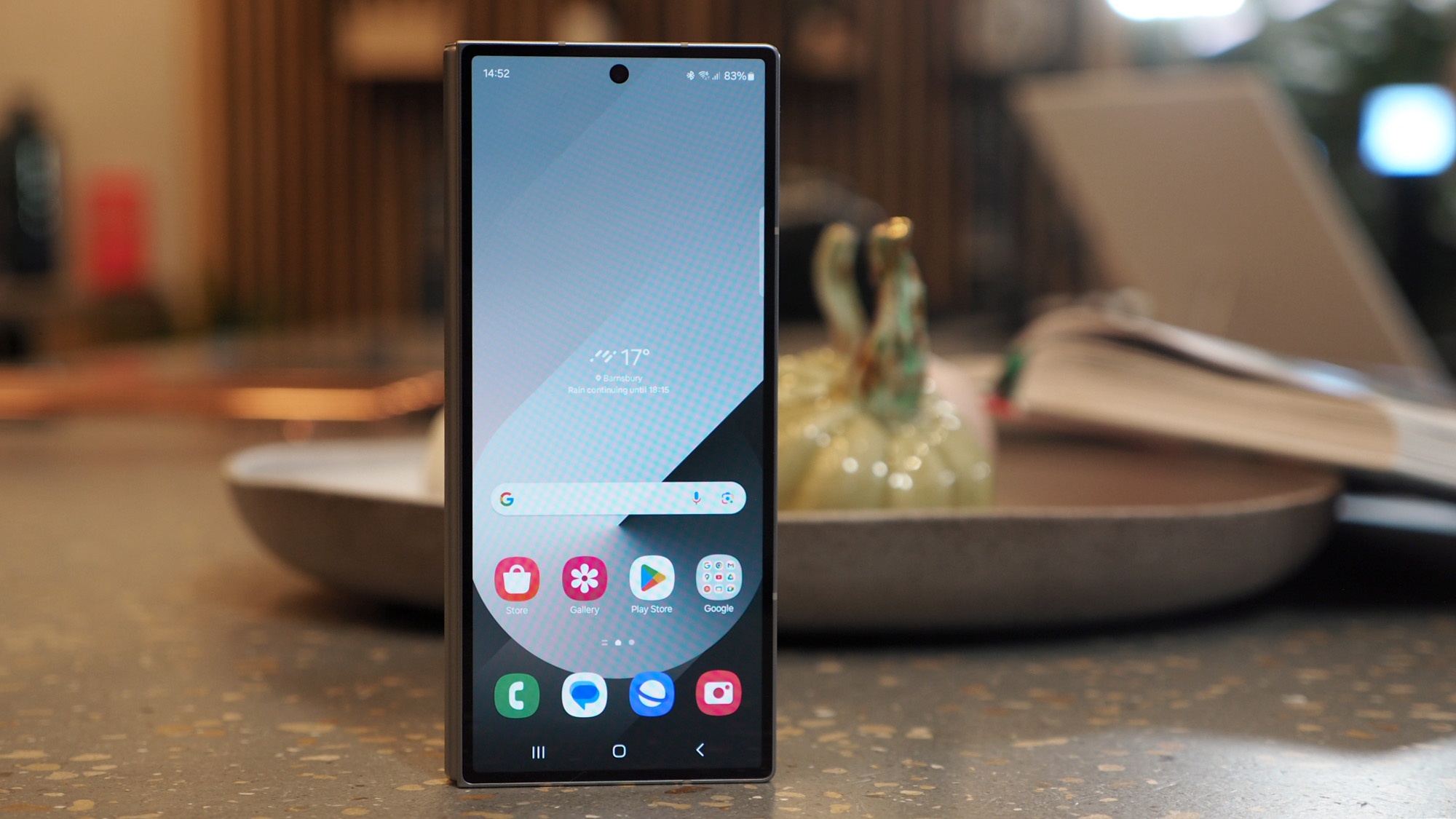
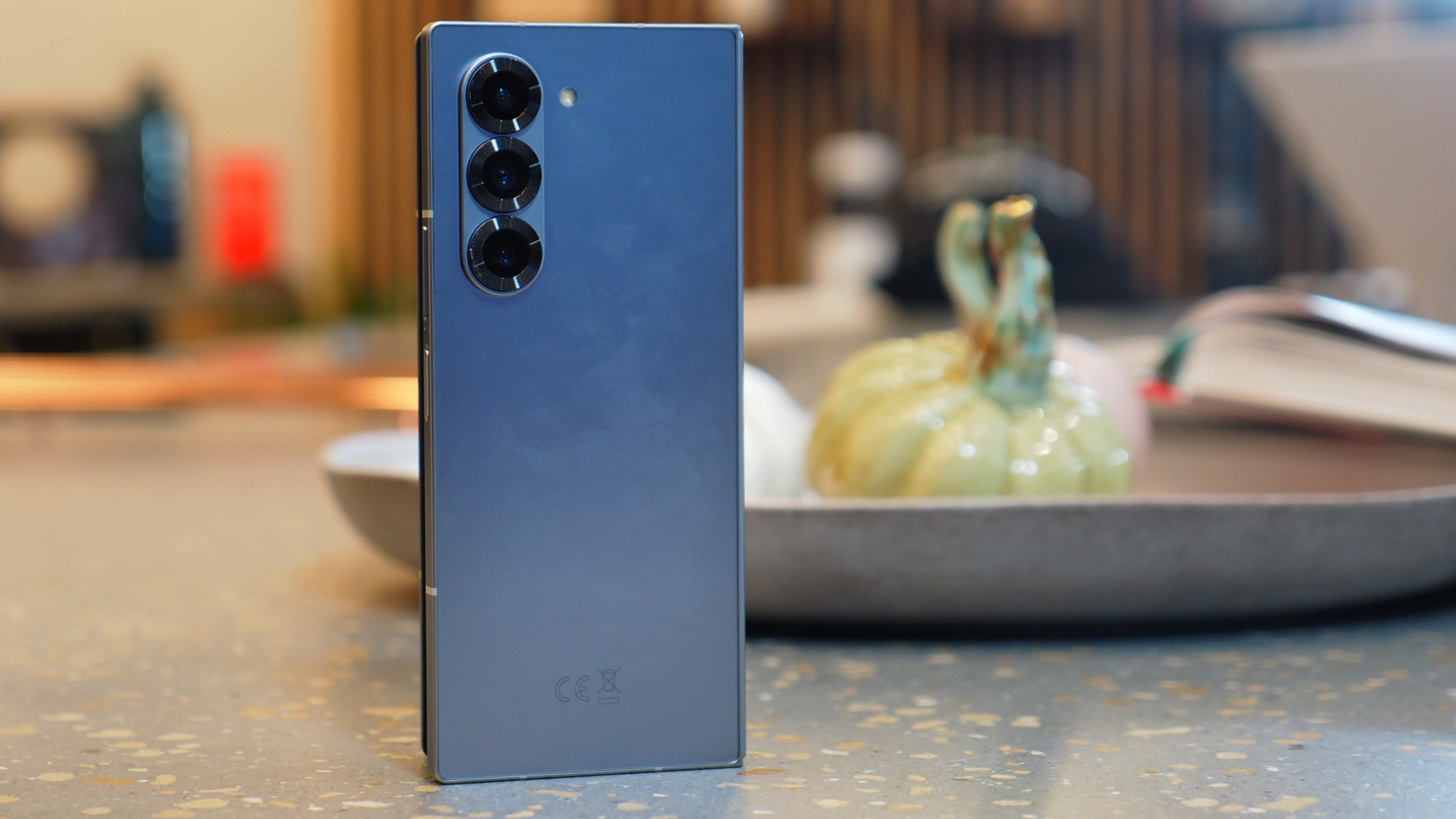
Samsung has redesigned the Galaxy Z Fold 6 in terms of physical scale for those new displays, but that has also enabled additional tweaks to be made – just ones that you can't see by eye!
Inside there's a vapour chamber for cooling that's 1.6x larger than the outgoing model's one, which paired with the latest Qualcomm Snapdragon 8 Gen 3 processor 'made for Samsung' ought to mean even better thermal management.
Battery life is always a pain point – it's long been reported as the number one stress for phone users – and because the Z Fold 6 maintains the same 4,400mAh battery capacity (albeit distributed differently, given the redesign), pursuing other ways of achieving greater longevity is always a positive in my book.
4. But no camera upgrades

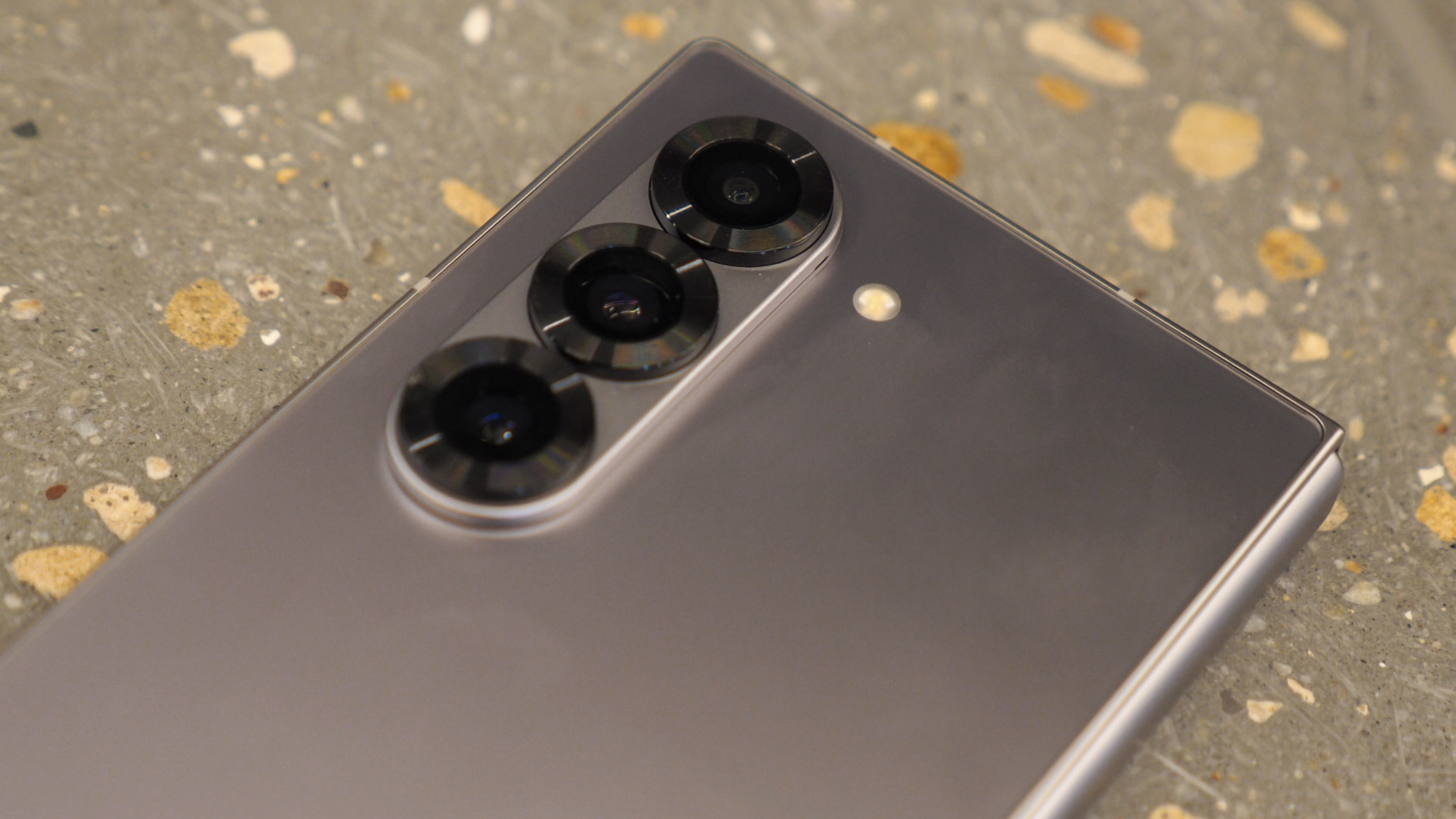
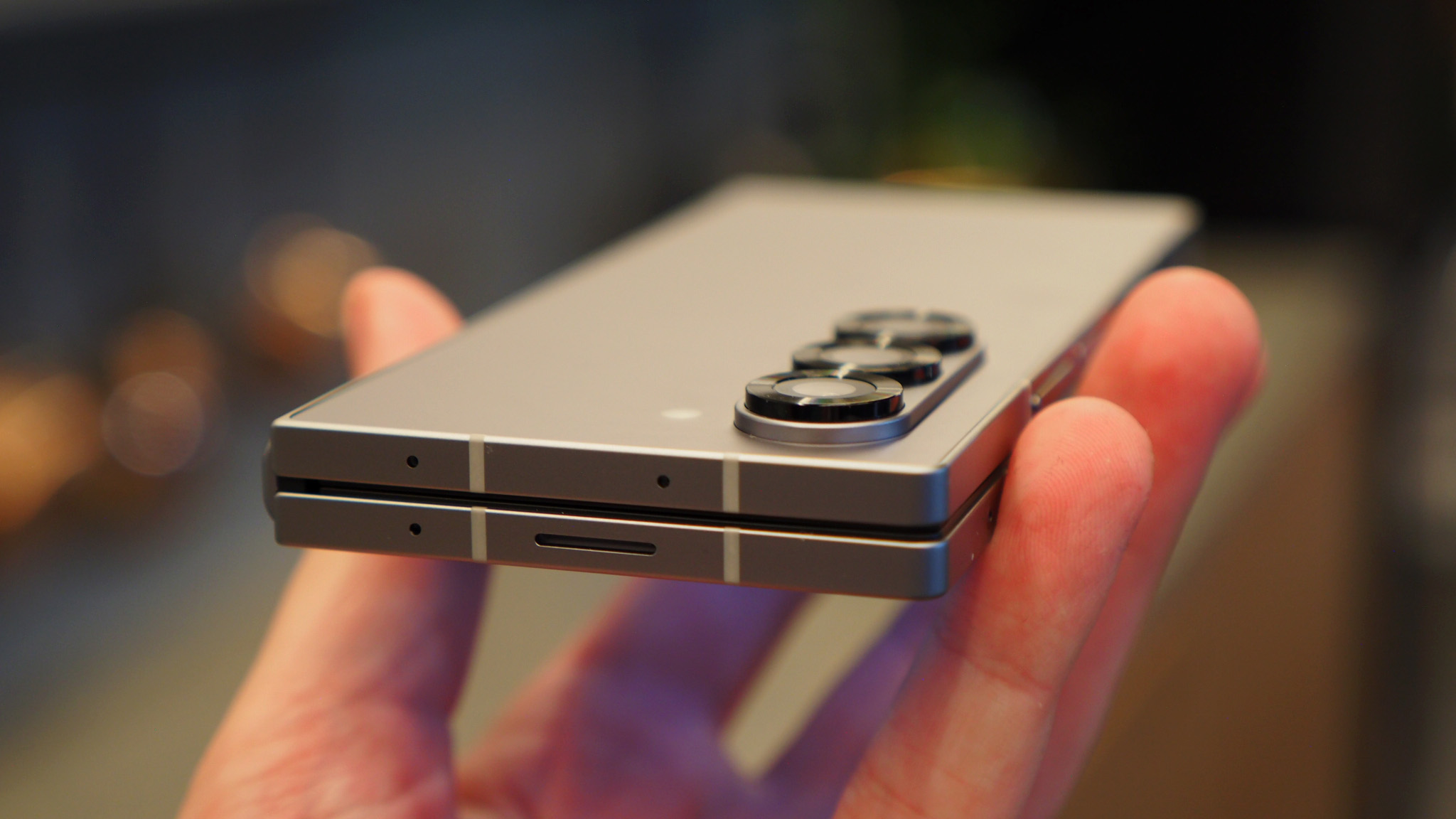
While the Galaxy Z Fold 6 is now a new size and weight to its advantage, not everything gets an upgrade. The cameras, in particular, are a carbon copy of those in the previous device – and while they're still very good, they could have benefitted from an upgrade.
To summarise: the Z Fold 6 features a 50-megapixel main camera, a 10MP 3x optical zoom, and a 12MP ultra-wide optic too. A decent variety that didn't need changing in terms of what's possible, but the telephoto would have benefitted from a sensor change and resolution upgrade. Can't have it all though, eh?
5. Early verdict


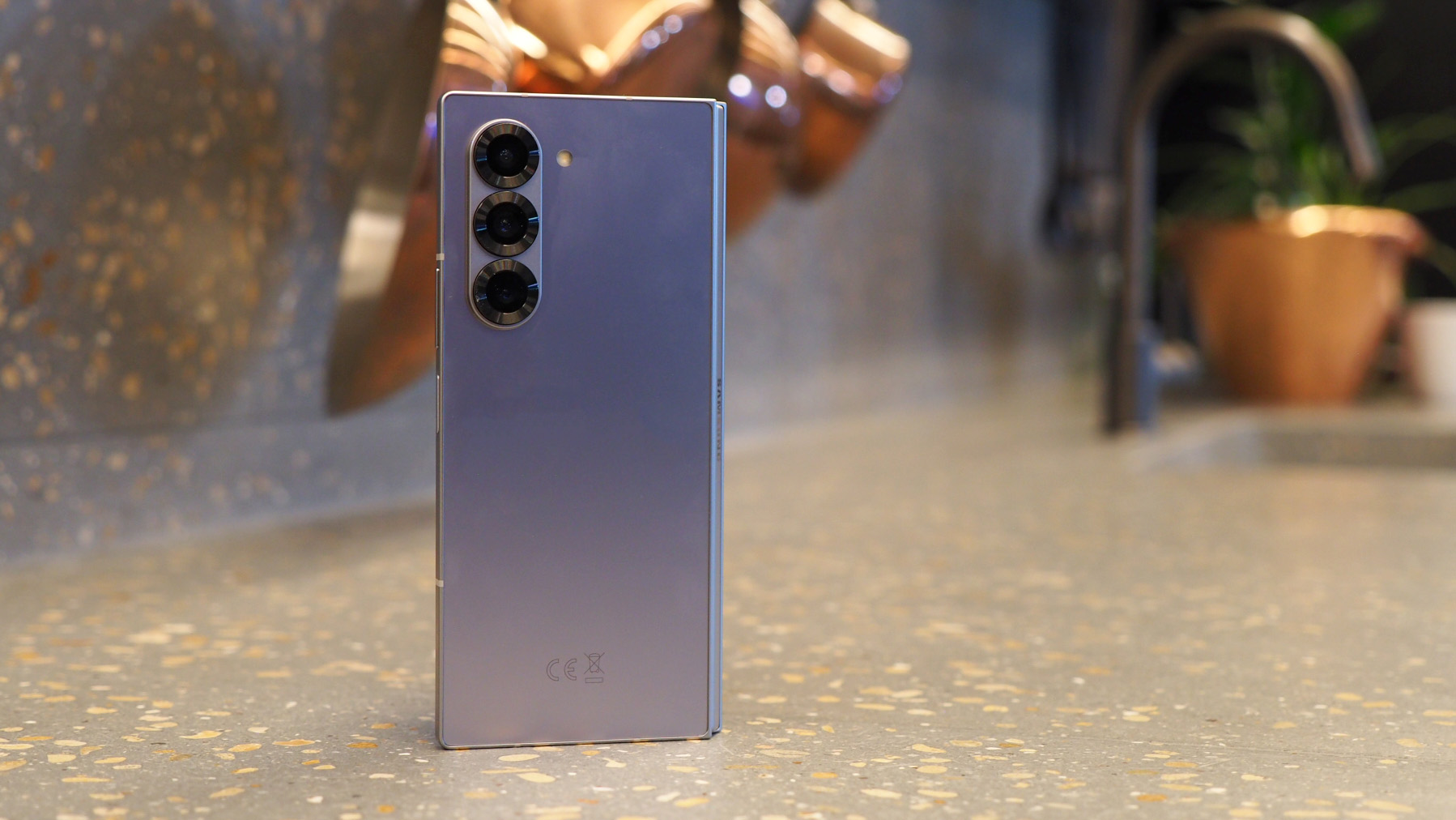
With a £1,799 ($1,899 / AU$2,749) asking price on its day-one 24 July launch (for the 256GB model, it only increases thereafter), there's no getting around the fact that folding phones remain pricey commodities. The Samsung Galaxy Z Fold 6 is among the best I've ever seen, though, so does qualify for its admittedly high asking price.
The nip and tuck design changes are most welcome this year, and while I suspect people will still be pining for an even more classic flagship phone shape for its cover display, I can see Samsung's position in delivering a foldable that captures a different experience to the norm. It stands out from its competition for that very reason.
Add in Samsung's Galaxy AI artificial intelligence features – from live transcription to live translation (audio included), and various photo features – and the whole user experience is also second to none here. Sure, generation to generation the Z Fold 6 is more marginal upgrade than major overhaul – but it's still one of the most striking foldable phones available. A tempting proposition indeed.

Mike is T3's Tech Editor. He's been writing about consumer technology for 15 years and his beat covers phones – of which he's seen hundreds of handsets over the years – laptops, gaming, TV & audio, and more. There's little consumer tech he's not had a hand at trying, and with extensive commissioning and editing experience, he knows the industry inside out. As the former Reviews Editor at Pocket-lint for 10 years where he furthered his knowledge and expertise, whilst writing about literally thousands of products, he's also provided work for publications such as Wired, The Guardian, Metro, and more.
